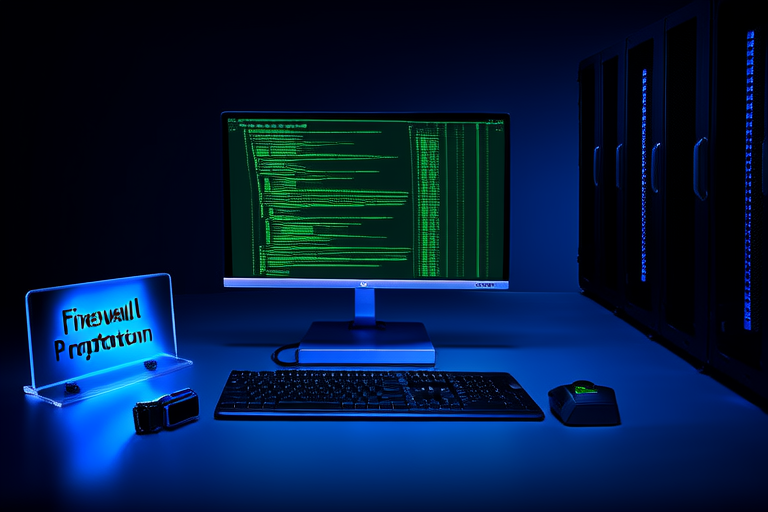The Rising Tide of Hackers: Navigating Modern Cyber Attacks
Introduction
In today’s increasingly interconnected digital world, the threat of cyber attacks has become more pervasive and sophisticated than ever before. From multinational corporations to small businesses and individual users, no one is immune to the growing menace posed by hackers. The frequency and complexity of these attacks have risen dramatically across various sectors, including finance, healthcare, government, and education. As technology continues to advance, so too do the methods employed by malicious actors seeking to exploit vulnerabilities.
Understanding Modern Cyber Attacks
Cyber attacks come in many forms, each designed to exploit different weaknesses within systems and networks. Common types include:
- Phishing: Deceptive emails or messages that trick recipients into revealing sensitive information.
- Ransomware: Malicious software that encrypts data until a ransom is paid.
- DDoS (Distributed Denial of Service): Overwhelming a server with traffic to make it unavailable.
- Malware: Software designed to disrupt, damage, or gain unauthorized access to computer systems.
Recent examples illustrate the devastating impact of these attacks. In 2021, the Colonial Pipeline ransomware attack disrupted fuel supplies along the East Coast of the United States, causing widespread panic and economic disruption. Similarly, the SolarWinds supply chain hack exposed critical vulnerabilities in numerous organizations’ IT infrastructures.
Who Are the Hackers?
Hackers can be categorized based on their motives and methods:
- White Hat: Ethical hackers who work legally to identify and fix security flaws.
- Black Hat: Criminal hackers who exploit vulnerabilities for personal gain or malicious intent.
- Gray Hat: Those who operate somewhere between ethical and unethical practices.
Motivations behind cyber attacks vary widely. Financial gain remains a primary driver, but political activism, espionage, and even entertainment can also play roles. State-sponsored hacking represents another significant threat, where governments fund operations aimed at gathering intelligence or undermining rivals.
Impact on Businesses and Individuals
The consequences of successful cyber attacks extend beyond mere financial losses. For businesses, the risk includes damaged reputation, loss of customer trust, and operational disruptions. Individuals face similar challenges, particularly when it comes to protecting personal data and preventing identity theft. Both parties must remain vigilant against evolving threats.
Navigating the Threat Landscape
To safeguard against cyber threats, both businesses and individuals should adopt best practices:
- Strong Password Management: Use unique, complex passwords for all accounts.
- Multi-Factor Authentication (MFA): Add an extra layer of security by requiring additional verification steps.
- Regular Software Updates: Keep systems up-to-date with the latest patches and fixes.
- Employee Training: Educate staff about recognizing phishing attempts and other scams.
Future Trends
As technology evolves, so will the nature of cyber threats. Emerging trends like AI-driven attacks and quantum computing pose new challenges. However, advancements in cybersecurity measures offer hope for better protection. Organizations must stay ahead of these developments to ensure robust defenses.
Conclusion
Staying informed and proactive is crucial in combating modern cyber threats. By understanding the types of attacks, identifying potential vulnerabilities, and implementing effective countermeasures, we can mitigate risks and protect our digital assets. Remember, cybersecurity is an ongoing process that requires constant vigilance and adaptation.




